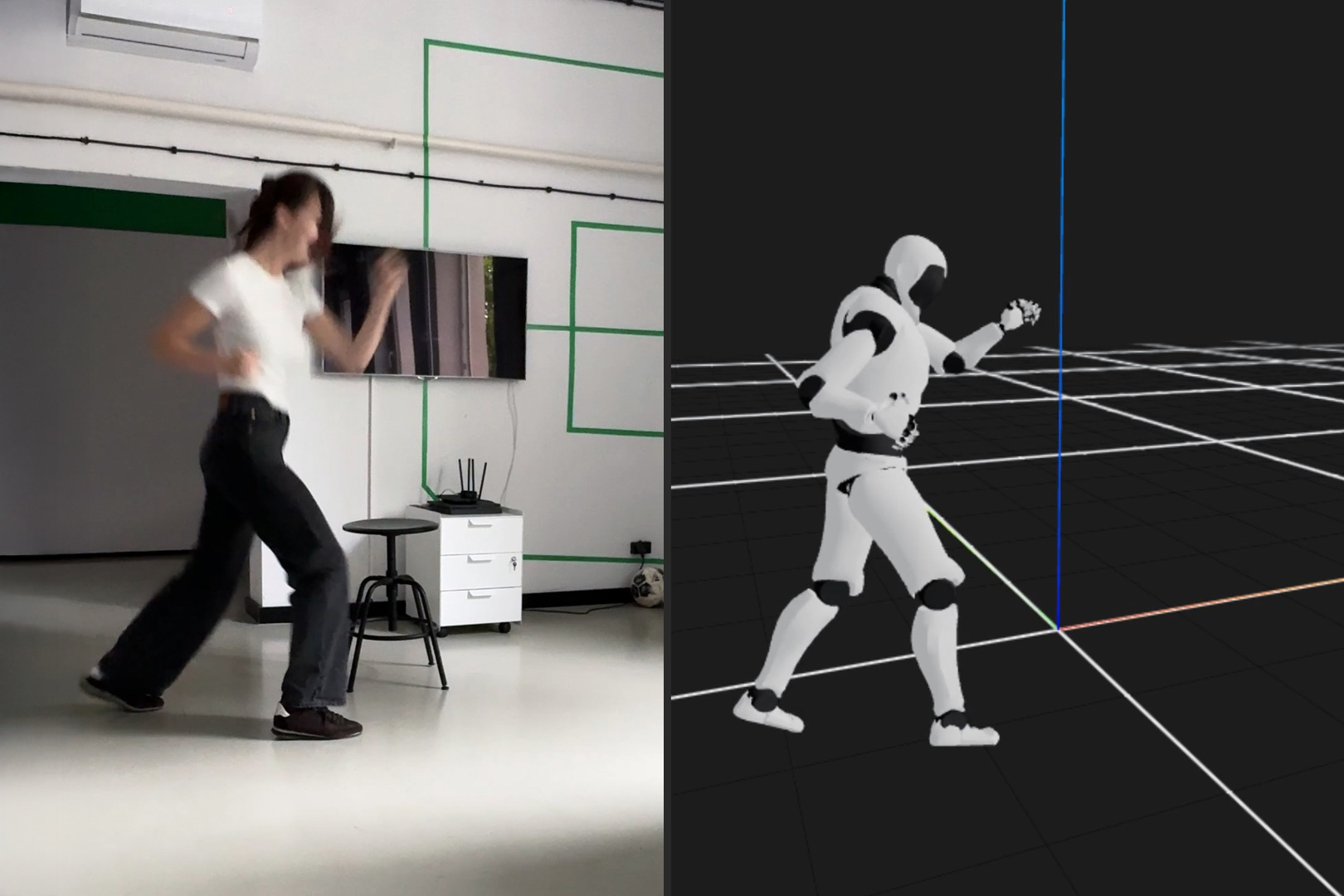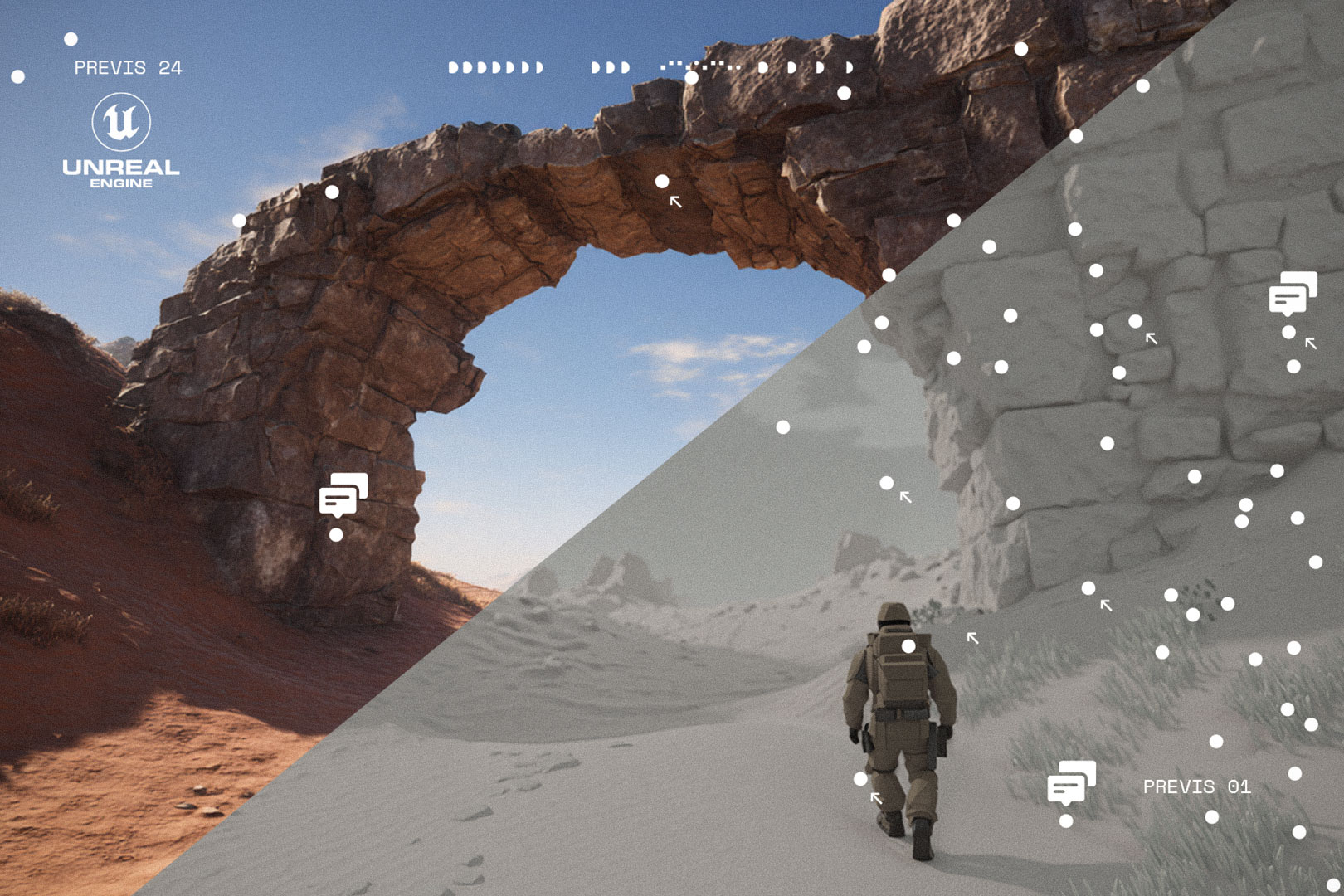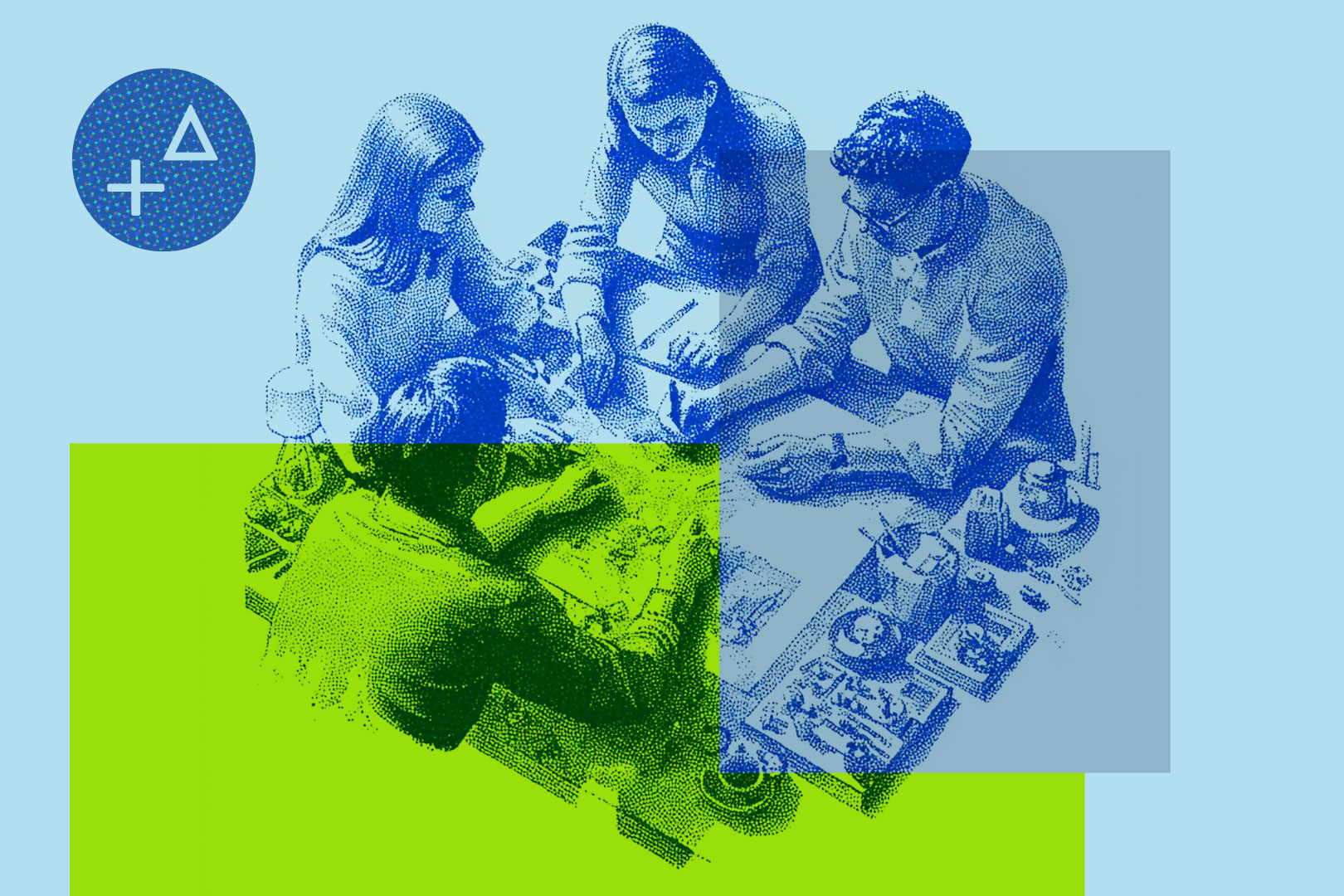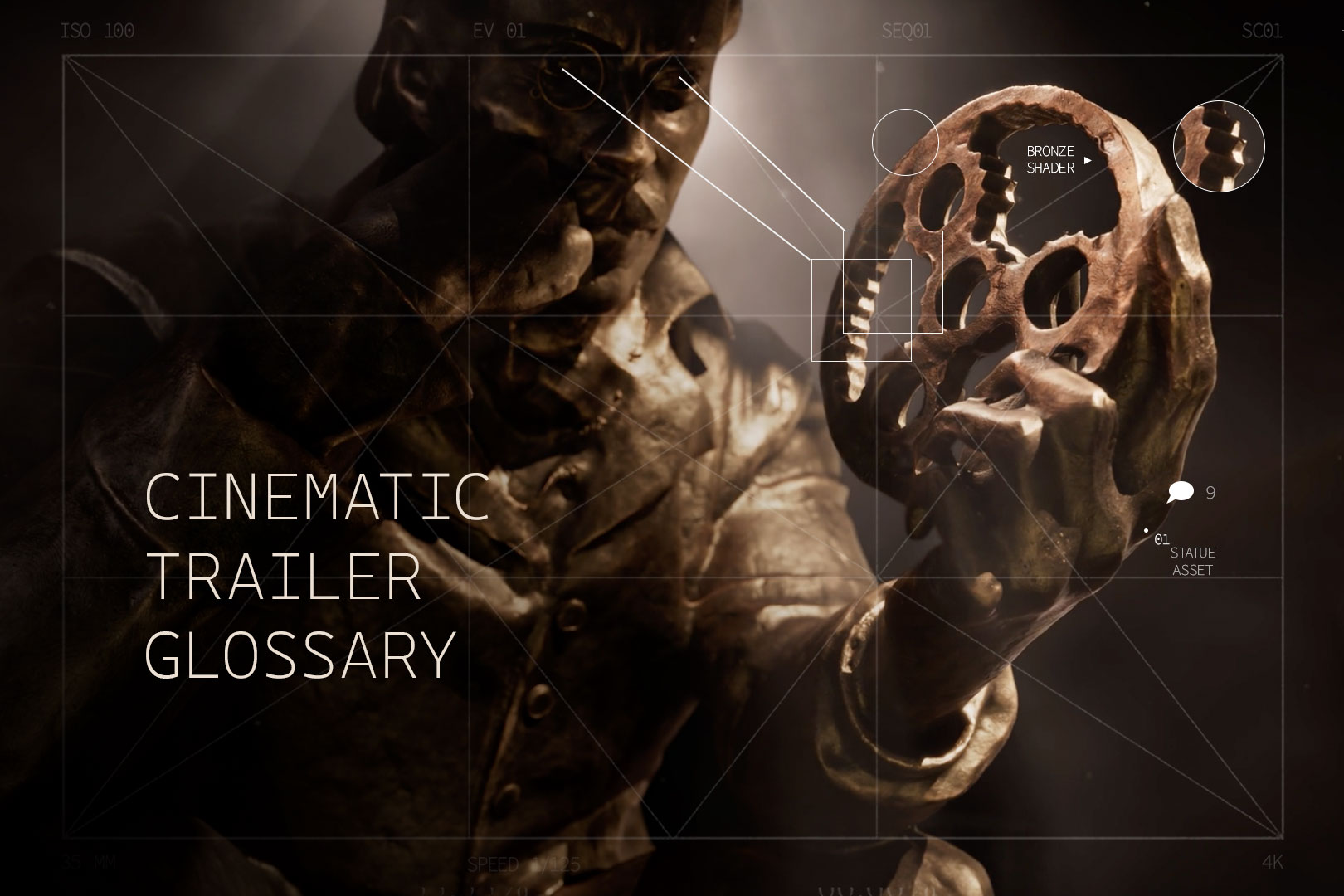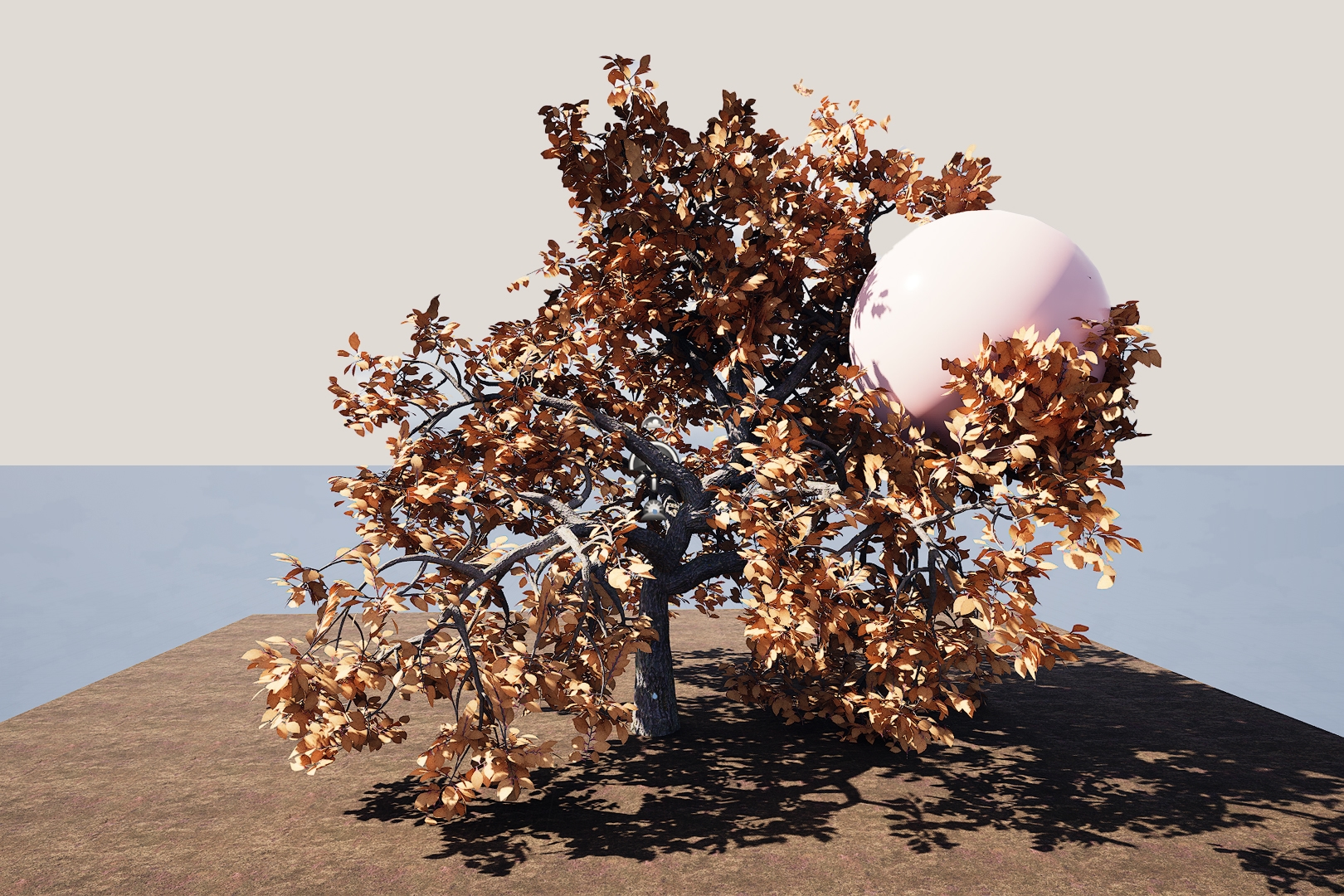Real-time rendering involves creating and displaying images immediately, rather than waiting for the process to complete. Technology has a long history, first appearing in video games and CGI movies in the 1990s. Artists and animators can now see their work as it is created, without waiting hours or days for the final result.
What is real-time?
Real-time rendering refers to the ability to dynamically generate images or animations. It's like playing a video game, the graphics changing as you move your character, or watching animations on your phone that respond to your touch.
The technology has a wide range of possible uses, from creating simple animations to developing full video games. Unlike pre-rendering, which requires waiting for the final product, real-time rendering can instantly change and improve the quality of the footage.
Why use real-time?
With this type of rendering, you can see the result of your work faster. You don't have to wait long days for the final release. This means you can try out different designs, make changes, and see results almost instantly.
This is a huge advantage for artists and animators because they can see what their work will look like immediately. By doing so, they can quickly get customer and stakeholder feedback and make necessary changes before producing the final product. This helps to minimize rework, which saves time and money in the long run.
Key Benefits of Real-Time Rendering in Projects
Real-time rendering is revolutionizing the design process by providing a host of benefits that enhance project development and client engagement:
- Immediate Feedback and Adjustments: Designers and clients can interact with the design in real-time, making adjustments on the fly. This immediate feedback loop is invaluable for making quick decisions and refining designs without delay.
- Enhanced Client Experience: Clients can explore designs from any perspective, gaining a comprehensive understanding of the project. They can observe how light, color, materials, and shadows interact at different times of the day, which contributes to a more informed and satisfied client.
- Informed Design Decisions: The audio-visual feedback that real-time rendering provides is a game-changer for designers. It allows them to make decisions based on a realistic representation of their work, ensuring that the final product aligns with their vision.
- It's a great opportunity for filmmakers with virtual production.
By harnessing the power of real-time rendering, professionals across industries can improve their workflow, communicate design ideas more effectively, and build a stronger bond of trust with their clients. With technological advancements like ray tracing and machine learning, the rendering process will become more efficient, leading to a future where real-time rendering is an indispensable part of the creative process.
Usage Across Industries
Real-time rendering has become an indispensable tool across various industries, significantly enhancing the way professionals work and present their projects. Here's a closer look at its diverse applications:
- Entertainment and Gaming:
- Video games rely heavily on real-time rendering to create vibrant, interactive worlds, with the technology being central to modern three-dimensional gaming experiences.
- The entertainment sector, including film and television production, benefits from real-time rendering for pre-visualization, which aids directors in planning shots and scenes before actual filming.
- Architecture and Construction:
- Architects use it for 3D architectural visualization, creating detailed simulations that enhance client presentations and facilitate a deeper understanding of the projects before construction begins.
- In construction, real-time rendering is used for visualizing projects in advance, which is crucial for scaling, presenting, or exploring designs, thereby enabling better planning and execution.
- Real Estate and Marketing:
- Real-time rendering in real estate translates to immersive property presentations, making designs more appealing and helping potential buyers envision the space.
- Marketing professionals employ this technology for realistic product advertisements, appealing to consumers by showcasing products in lifelike scenarios
Each of these industries benefits from the ability to visualize and interact with 3D content in real-time, which not only improves the quality and efficiency of their work but also opens up new possibilities for innovation and customer engagement
Disadvantages of Offline Rendering
Working on projects in a real-time tool like Unreal Engine could be more expensive than offline ones, but offline rendering has some disadvantages:
- Waiting for previews and final material.
- Costs of rendering—you have to own a really expensive graphic card or spend money on render farms to do it quickly (but still it could be hours or days).
- It takes more time to do minor changes.
Our clients benefit greatly from working with real-time software. Making corrections, deliveries and even collaborating in live sessions increases productivity while allowing everyone to see the results immediately. There's no limit to what can be achieved with this technology, giving you the potential for a major edge over your competitors.
FAQs
1. What is the significance of real-time rendering in design processes? Real-time rendering plays a crucial role in enhancing the design process. It provides clients with significant control during presentations, allowing for immediate feedback and adjustments. This approach helps to avoid the inefficient cycle of trial and error, saving resources, time, and money.
2. What does it mean when an image is rendered in real-time? Rendering an image in real-time means converting 3D information into a 2D image almost instantaneously as the data is inputted. Unlike traditional rendering, which can be time-consuming, real-time rendering produces images quickly, often as soon as the information is provided.
3. What advantages does real-time rendering offer, according to the Creator? According to the Creator, real-time rendering offers several benefits over traditional methods, including the speed and ease of production, improved collaboration and feedback, enhanced realism and detail in the visuals, and expanded creative possibilities.
4. Can you explain rendering and its importance? Rendering is the process of finalizing a digital image or a 3D model using computer software. This crucial step brings together various visual elements such as shadows, lighting effects, and textures to produce the final visual output. It is essential for creating the completed look of a digital or 3D project.
Conclusion
It's an incredible tool for bringing technology to life. It gives us the ability to create vibrant, captivating visuals and interactive simulations that range from games and animated effects all the way up to virtual production in the film—giving any storyteller more options than ever before!
With Unreal Engine at your disposal, it's time to push the boundaries of what we think computers can do!
References:
- https://foyr.com/learn/what-is-real-time-rendering/
- https://irendering.net/real-time-rendering-what-are-the-benefits/
- https://www.ultimateanimationstudio.com/2023/04/the-future-of-real-time-rendering-in-3d.html
- https://www.easyrender.com/a/real-time-rendering-the-future-of-3d-visualization
- https://www.cadcrowd.com/blog/real-time-rendering-services-what-advantages-do-companies-gain-from-using-it/
- https://www.easyrender.com/a/10-industries-that-are-using-3d-rendering


